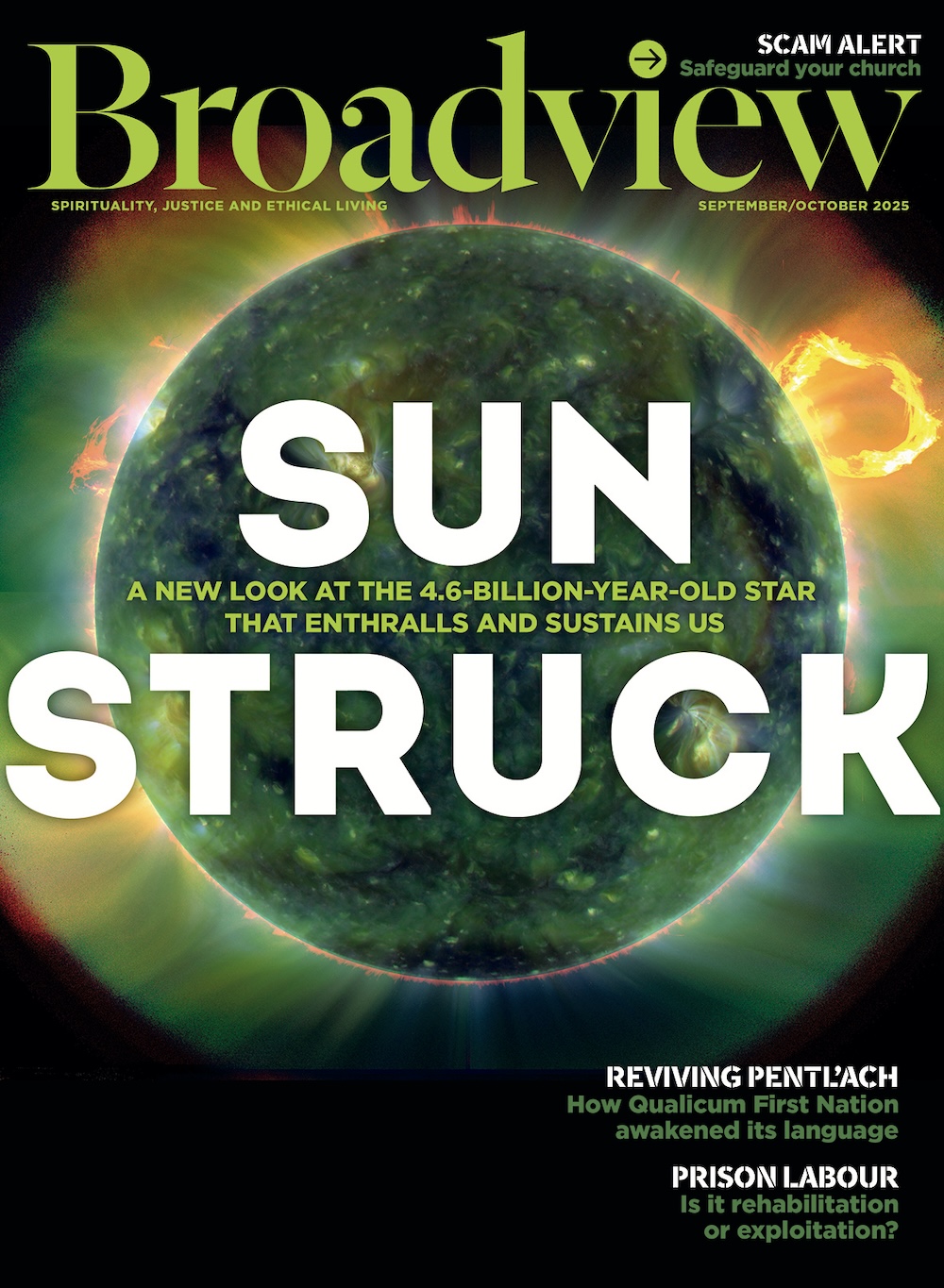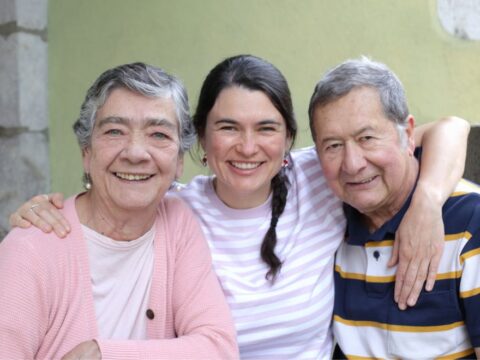Religious leaders have been arguing for centuries about the correct date of Easter. Complexities revolve, in part, around how humans tell time.
Historically, we measured the passage of months according to the phases of the moon. But we measure daylight hours and the movement from summer to winter according to Earth’s orbit around the sun.
You may unsubscribe from any of our newsletters at any time.
The calculation of Easter’s date relies on a combination of lunar and solar methods of telling time.
According to the Council of Nicea, convened in 325 CE, Easter must fall on the first Sunday after the full moon following the spring equinox. The date relates to the timing of Passover because some of the Gospels say Jesus celebrated the Jewish festival during his final days in
Jerusalem.
The full moon is, obviously, a lunar calculation, as is the date of Passover.
More on Broadview:
Spring equinox, when day and night are equal and days are lengthening in the Northern Hemisphere, is determined by Earth’s orbit of the sun. But pinpointing the date of the spring equinox depends on how mathematicians, astronomers and politicians juggle lunar and solar calendars:
• Julius Caesar’s attempt in 46 BCE placed the spring equinox from March 21 to 25, partly depending on whether it was a leap year. The Julian calendar is still used to calculate Eastern Orthodox Easter.
• From about the fifth century, the Celtic church calculated Easter according to an 84-year cycle and assumed the equinox was
March 25.
• By the sixth century, the Roman church used a 19-year cycle developed by Dionysius Exiguus that placed the equinox on March 21. The Celtic church later adopted the Roman calendar too, now known as the Dionysian Easter cycle.
But the calendar problems and controversies didn’t end there.
The Julian year turned out to be 11 minutes and 14 seconds too long. So by 1580, the actual spring equinox fell on about March 11, not the 22nd or 23rd as designated.
Roman Catholic Pope Gregory XIII stepped in to fix the issue, slicing 10 days out of 1582, ordering Thursday, Oct. 4, to be directly followed by Friday, Oct. 15. At the same time, he corrected the designation of the full moon, aligning it with its actual phase.
His Gregorian calendar, plus the Dionysian Easter cycle, are still used by Roman Catholic and Protestant churches to calculate Easter.
This year, a rarity: the Julian and Gregorian calendars are aligned, meaning Easter is on April 20 for all Christians. Pope Francis would like to make this alignment permanent, recently calling on the global church to find a single, common date for the festival.
***
Alanna Mitchell is a journalist, author and playwright and the features editor at Broadview. She lives in Toronto.
This article first appeared in Broadview’s March 2025 issue with the title “On the trail of St. Cuthbert.”
















The issue will never be settled. It would make more sense to birth Jesus in liturgical Year A and crucify him in Year C, allowing him to grow up and minister in Year B. The way we have been doing it for centuries, Mary has to be pregnant with Jesus (40 weeks ahead of Christmas) before Jesus dies. No wonder so many youth give up on Christianity as being irrational and unbelievable.